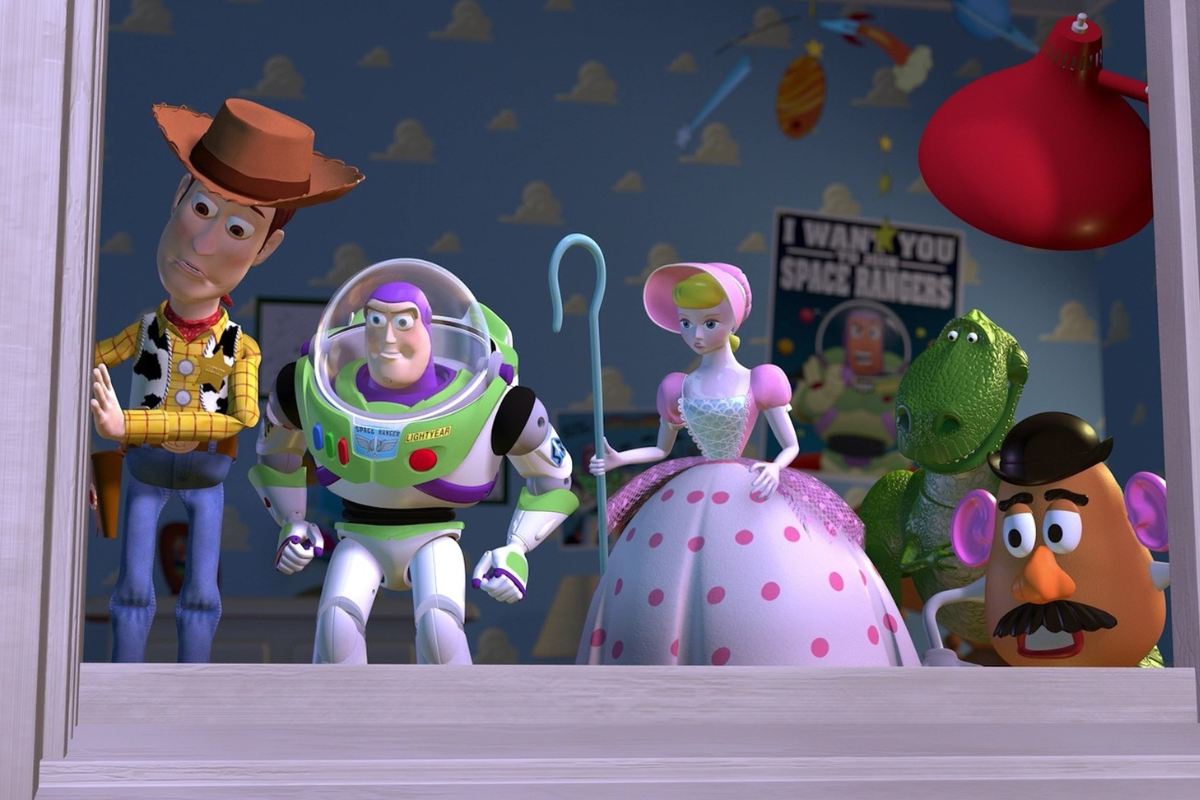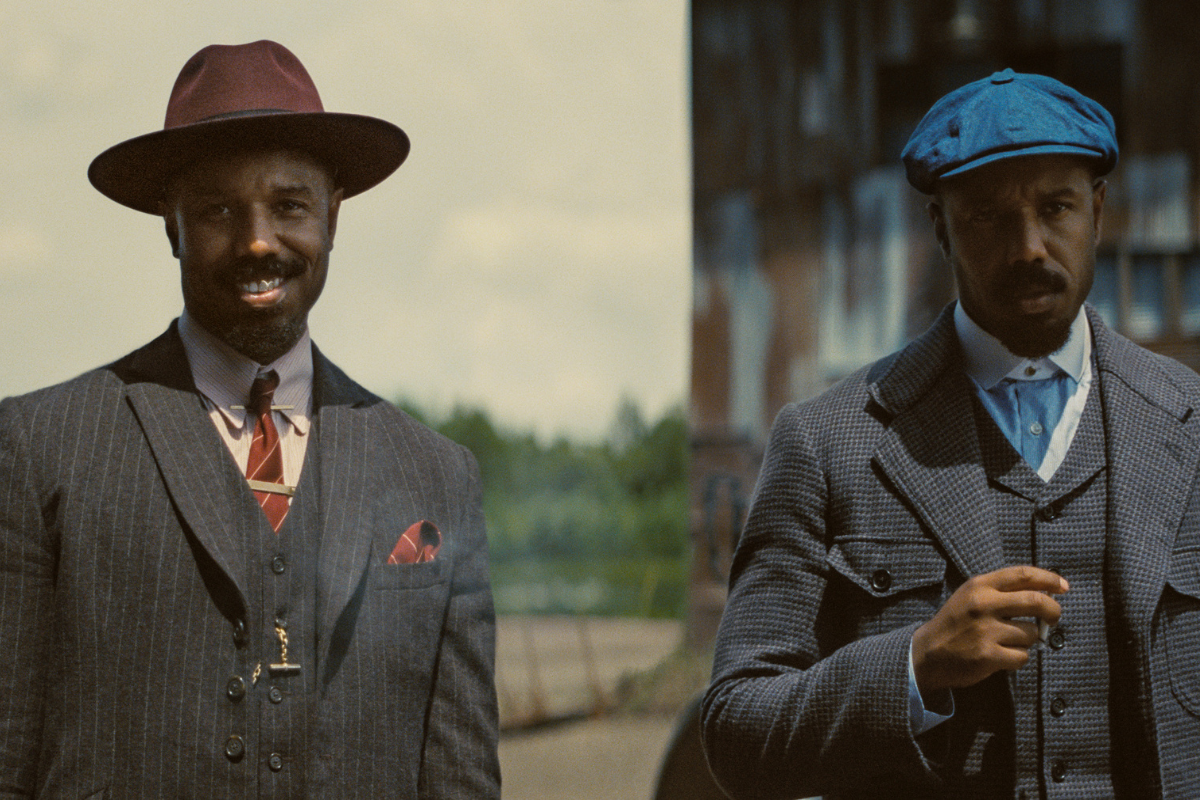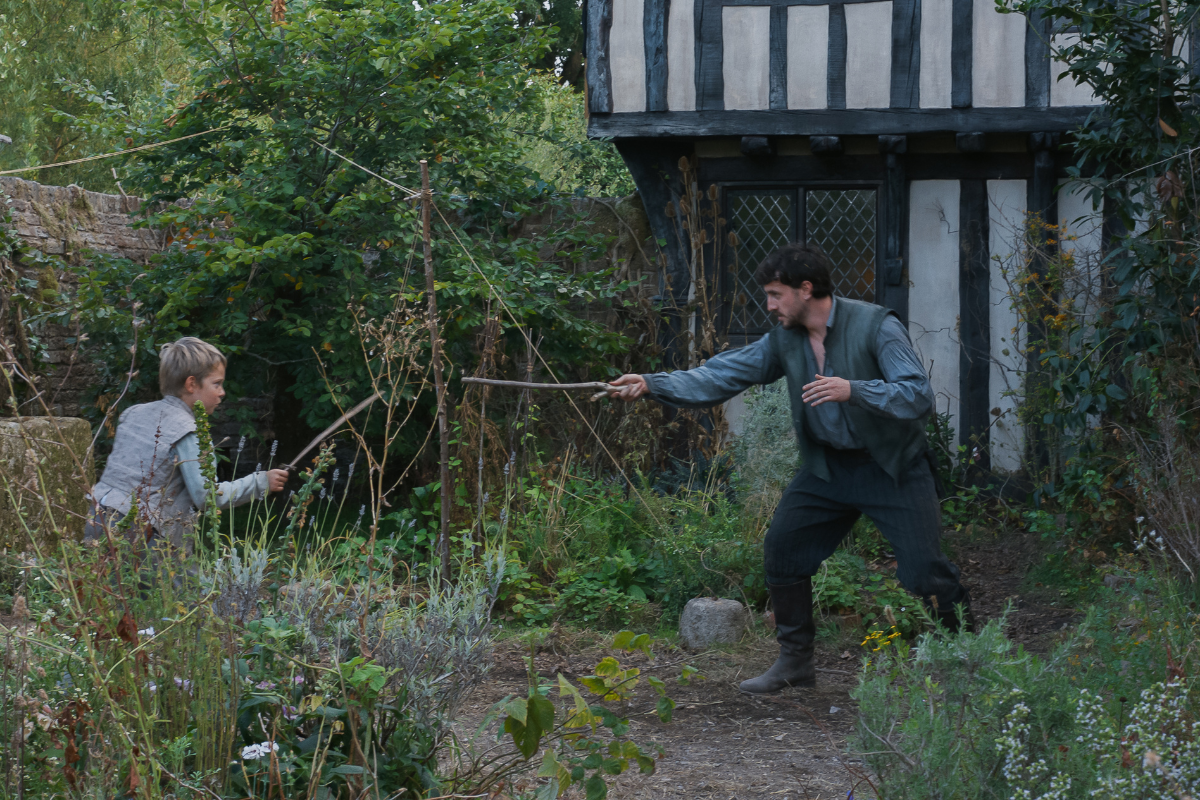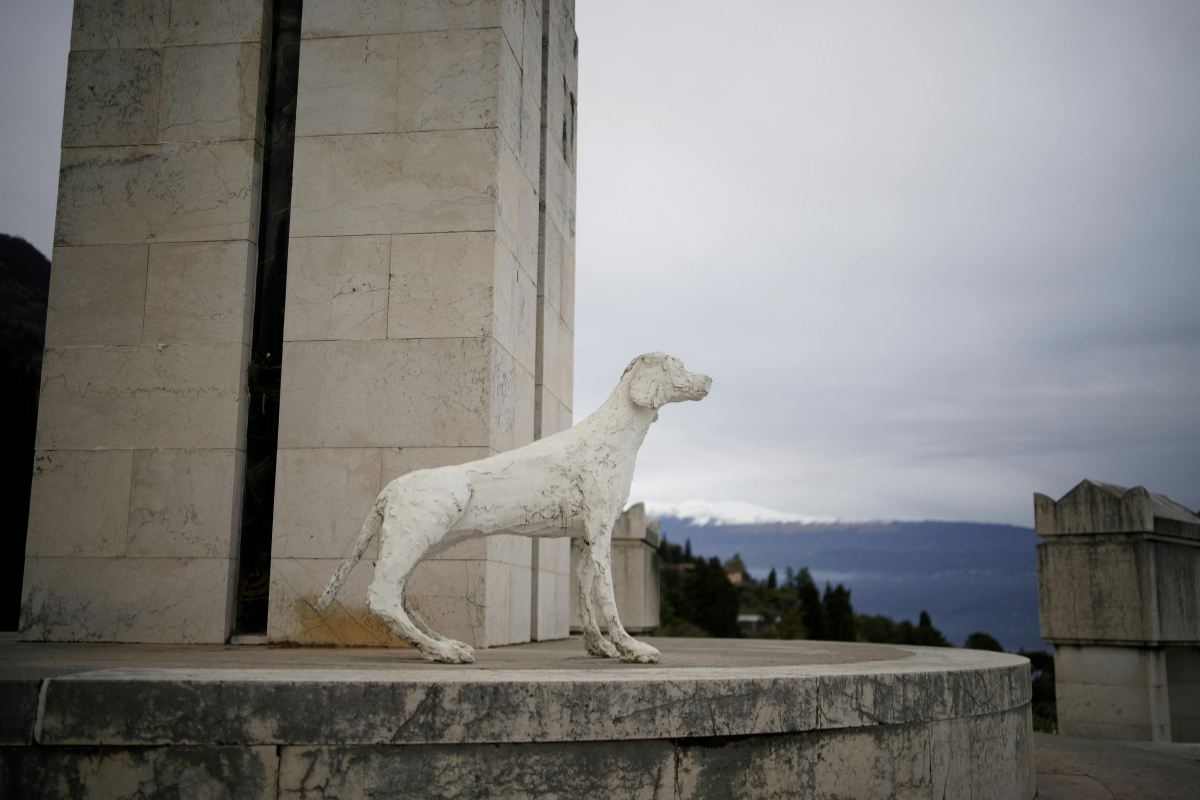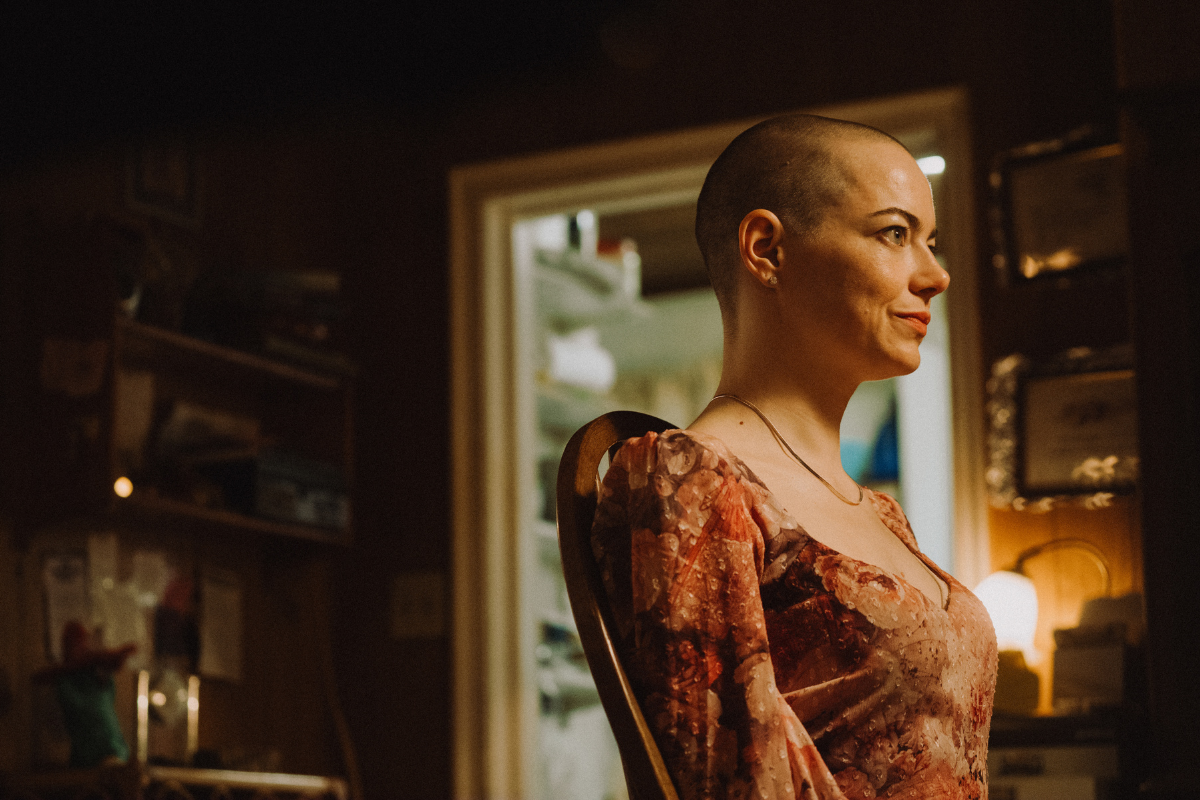IMPROVISING SCREENPLAYS: 5 Improv Concepts for Outlining Your Screenplay
Writer and theatrical improviser Brett Wean shares how improvisational techniques can help screenwriters in outlining their feature scripts.
In Improvising Screenplays, improvisational actor Brett Wean shares how the concepts of improvisation can be applied to the work — and play — of writing your script.Follow Brett on Twitter: @BrettWean
Since starting to write this column, a lot of people have asked me questions like, “How can I use improv techniques -- like Game, and Heightening -- to help me outline my movie? Are there specific methods I can use to ensure I’m making the most of my premise? Where did you get those shorts? J. Crew? Those look really cute on you. Is that color what one would consider Nantucket Red?” (Those last few don’t actually have to do with the column, but they do get asked a lot.)
After years of taking classes and performing and coaching improv, I have the benefit of knowing a few improv-specific concepts most writers don’t have access to, ones that -- without a doubt -- are super helpful when outlining a screenplay.
“But Brett!” you might say. “Are you really able to get across those ideas to us in a quick article, so we don’t have to spend years taking improv classes?”
Sure. I can.
“But Brett! You can’t just give all that away! What about the secret code of the Improv Guild that says you can’t divulge the secrets of your trade???”
You’re thinking of magic.
So here are 5 improv concepts you can use to help brainstorm your outline.
What’s the Game?
In improv -- or any written comedy sketch, really -- we’re taught to think of “the game of the scene.” Basically, the game is the funny thing: the repeated comedic pattern we keep coming back to. In those “It’s Pat!” sketches on SNL, the game was that no one could figure out if Julia Sweeney’s character was a man or a woman. Whatever the situation that particular Pat sketch presented, we would always come back to the other characters trying to figure out what gender Pat was. That was the game.
We can also think of movies as having a game. A guy falls in love with the girl of his dreams...but she’s a mermaid. A bunch of down-to-earth scientists figure out how to catch ghosts. The only person who can avert a dark apocalypse in a world of bad-ass fantasy creatures is a tiny little hobbit. These are games.
Try thinking of the simplest, most basic expression of your idea -- your logline, basically -- as being a game. Now you can use some other improv techniques to explore how to make the most of that game.
If That’s True, Then What Else is True?
What’s the world of your movie? How does your game imply other aspects of how the world might work, and how your central idea plays out?
If we were just coming up with the world of The Flintstones, what might we intuit about that society? We’ve got normal human adults...but in a prehistoric environment, with dinosaurs. Are there cars, but the wheels are made of rocks? Do we use brontosauruses for construction projects?
If we lived in a world where dogs can talk, what else might be true? Do they own businesses? Do they run for public office? Might one of them want to date our daughter?
Getting back to Ghostbusters again, let’s say we have a trio of down-to-earth scientists who discover how to catch ghosts. If that’s true, what else might be true? What might naturally come out of that? Do they use their newfound discovery to elevate themselves in the scientific community? Or do they turn it into a business? Okay, so they need the money, and turn it into a business! What else might be true, then? Would they have cheesy television commercials? Would they be featured on the cover of Time? What are the particular notes we might want to hit using this particular game? What might most people be expecting?
Mapping
In improv, we learn to become attuned to possible “mapping” scenes. These are situations -- generally very mundane, ordinary ones -- that remind us of some generic, familiar dramatic trope, and might be funny to “map” onto it.
For example: a parent suspects that his teenage son took the car out when he wasn’t supposed to. What familiar type of scene does this remind us of? Is it like an interrogation scene on a detective show? So how do we map the pattern of that scene onto it? Maybe the father sits his son down to the kitchen table...and takes out a lamp and shines it right in the kids face. “Is there anyone who can account for your whereabouts on the night of Tuesday the third?”
Maybe a nerdy guy has to tell his other nerdy friend that he’s not being invited back to his Dungeons and Dragons group. Might this be kind of like a breakup scene? “It’s not you...it’s us...we think you’re a great Dungeon Master...and we know you’re going to find another group that appreciates all of your great Dungeon Master qualities...”
(I don’t mean to imply that all D&D fans are nerdy. They’re really cool.)
How does the concept of your movie map onto other movies, especially in other genres? This can be a fresh way to find a new way in to telling your type of story. Not only that, it can help supply you with an unlikely spine for your outline.
The Rule of Threes
Many, if not most, comedy sketches and improv scenes follow what’s called “The Rule of Threes.” For whatever reason, three beats seem to be about right for exploring the central premise of an idea. Maybe it has something to do with Aristotle’s 3-Act structure for storytelling, whereby on a basic level, we have a beginning, a middle, and an end. You can consider the Rule of Threes in relation to specific scenes, as well as to your movie as a whole.
Try coming up with three ways your game might play out. The first is probably a fairly obvious example. It identifies the basic concept. The second repeats the pattern in a slightly more exaggerated way...and the third blows it out of the water, taking it to it’s surprising -- yet in a weird way, hopefully inevitable-seeming -- conclusion.
Which brings us to our last improv concept...
Heightening
One way that beginning, novice improvisers and writers give themselves away is that they think of a “joke” -- an idea, or game, in other words -- and then simply vamp on it for however long they can keep it going. That’s not generally how great pieces of writing -- comedic or otherwise -- play out. There’s a tendency to plateau. “We get it now,” the reader will probably end up saying after a couple beats. Your audience is ahead of you. Not to mention, there’s no sense of pacing.
How do we heighten our game, or idea? There’s no way I’ll do the complexity of this classic bit justice, but let’s consider Monty Python’s famous “Spanish Inquisition” sketch. The basic game? Three supposedly terrifying inquisitors are inept. So how does this play out? First, the main guy can’t remember his own numbered list of their chief weapons. Funny. They come back in...but this time, the leader puts another guy in charge of listing their chief weapons. He’s even worse.
So how does the sketch get heightened more? They move on to torture. The sketch becomes more active, and physical. But their weapons aren’t very threatening. Pillows, for instance...
Watch some good comedy sketches. See what you can notice in terms of the Rules of Threes, and how each beat of the game heightens until resolution. Now pick a feature film or two, and make note of how the different plot points heighten the central game of the movie. (As well as how different particular scenes might have game, and momentum built through heightening.)
So how can you heighten the central premise of your script? First, you might want to ask yourself how your basic idea might play out. Don’t be afraid to come up with the most obvious thoughts first. It’s good -- if not absolutely necessary -- to address your audience’s most obvious and immediate expectations.
But then...how does this heighten? Exaggerate your examples, bit by bit, of how your concept would play out in the world of your story. Ask yourself: if that, then what else? Keep going. Heightening isn’t just a helpful way to consider a single scene, but also the way you need to plot out the three acts of your script. The spine of your outline, and each of your act breaks, should be an intentional move of heightening.
I’d love to hear about your own individual experiences working with these ideas, and seeing how might aid you in developing your own work. Feel free to write in and share...I might even devote an article to it!
Have any questions about improv, and how it relates to writing for the screen? Feel free to post comments below or send questions via Twitter. They’ll be considered for a future installment.
- More articles by Brett Wean
- Balls of Steel: Debate and Tips for Outlining a Script
- Story Talk: To Outline or Not to Outline - That is the Question!
Make outlining easier with Movie Outline Software!
Brett Wean is a writer and actor who has studied improvisation at New York City’s acclaimed Upright Citizens Brigade and People’s Improv Theater (The PIT), where he has taught improv as well as performing on several house teams and studying both sketch and screenwriting. He has appeared on television in various commercials, including New York Lottery’s “Little Bit o’ Luck” campaign, and most recently on MTV's Weird Vibes, and in the feature film Breakup at a Wedding, produced by Zachary Quinto’s Before the Door Pictures. Follow Brett on Twitter @brettwean


